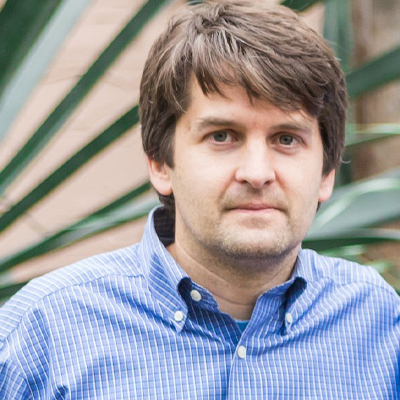Faculty Profile
Stephen Shaw


Chair of ERE and Professor
Department of Environmental Resources Engineering
418 Baker Lab
Research Interests
I am currently working on a number of projects broadly falling under the umbrella of “impacts to water resources in a changing climate”. These projects involve both applied and basic research. A summary of recent research papers can be accessed at Google Scholar: https://scholar.google.com/citations?user=4b5WIwwAAAAJ&hl=en&oi=ao
One project involves the quantification of residential wells that may go dry during drought. Unlike public water supplies, residential wells are not regulated (besides some basic reporting when initially installed) so there is little information on the vulnerability of groundwater reliant homes to possible reductions in future recharge. This project relates measures of drought in a given region (i.e. the US Drought Monitor and USGS monitoring wells) to the number of new wells drilled each year in that same region, evaluating whether the number of new wells being drilled increases during period of drought.
Another project focuses on developing low-power sensors to measure sap flow in trees. Sap flow is a measure of how much water a tree is using. While sap flow sensors have been around for decades, nearly all to date require bulky car batteries or solar panels to power them. This limits where the sensors can be placed, whether in wild forests or urban areas. Led by PhD student Justin Beslity, this project has developed low-power sensors that are powered by rechargeable AA batteries, allowing for sensor placement in remote locations or in highly populated areas where the sensors can be kept out of sight. This project has also entailed improving the general methodology of sap flow measurements via the heat pulse technique by developing custom probes that better quantify radial variability in sap flow across the tree trunk and by using a custom drill guide that ensures probes are perfectly aligned when installed in the tree.
A third project considers new ways to evaluate the effectiveness of agricultural best management practices (BMPs), especially when considered at the watershed scale. A changing climate may modify rainfall patterns, changing nutrient loading to waterbodies. BMPs are a potential way to mitigate this nutrient loading. While BMP effects are often directly measured at the scale of individual BMPs, at the watershed scale most assessment is done by modeling. However, meta-analyses have revealed that standard modeling almost always identifies better results than attempts at more direct analysis using measured data. This project considers ways to integrate simple models with water quality data to more transparently explore watershed scale BMP function.
I am always in search of enthusiastic graduate students or possible collaborators. Please email at sbshaw@esf.edu if there is a topic that strikes your interest.
Teaching
Fluid Mechanics - ERE 339 (Fall):
An introduction to fluid mechanics within the context of civil and environmental engineering. This includes the standard topics of hydrostatics, Bernoulli’s Equation, control volume analysis, drag, dynamic similitude, pipe flow, and open channel flow with some brief coverage of hydraulic machines and flow in porous media. In addition to teaching rigorous quantitative analysis of problems in fluid mechanics, the class strives to provide students with a strong conceptual understanding of fluid phenomenon.
Hydrology in a Changing Climate- ERE 570 (Spring):
A graduate level class that uses recent academic literature to investigate how predicted global climate changes are being translated into local hydrologic changes. The class explores the formulation of land-atmosphere interactions in GCMs, estimates of continental scale moisture redistribution, dominant atmospheric mechanisms that explain precipitation patterns, GCM downscaling methods, sources of uncertainty in GCMs, and approaches to developing water resource related adaptation plans under uncertainty. The intended outcome of the class is to give students the background to critically assess the reasonability of predictions of future changes in hydrology in different locales.
Numerical and Computing Methods – ERE 335/ERE 530 (Fall): Introduction to numerical and computing methods for engineers. The class entails writing computer code to analyze and solve engineering problems using R.
Current Graduate Advisees
 Ryan Ruggiero
Ryan Ruggiero
raruggie@syr.edu
- Degree Sought: PHD
- Graduate Advisor(s): Kroll and Shaw
- Area of Study: Environmental Resources Engin